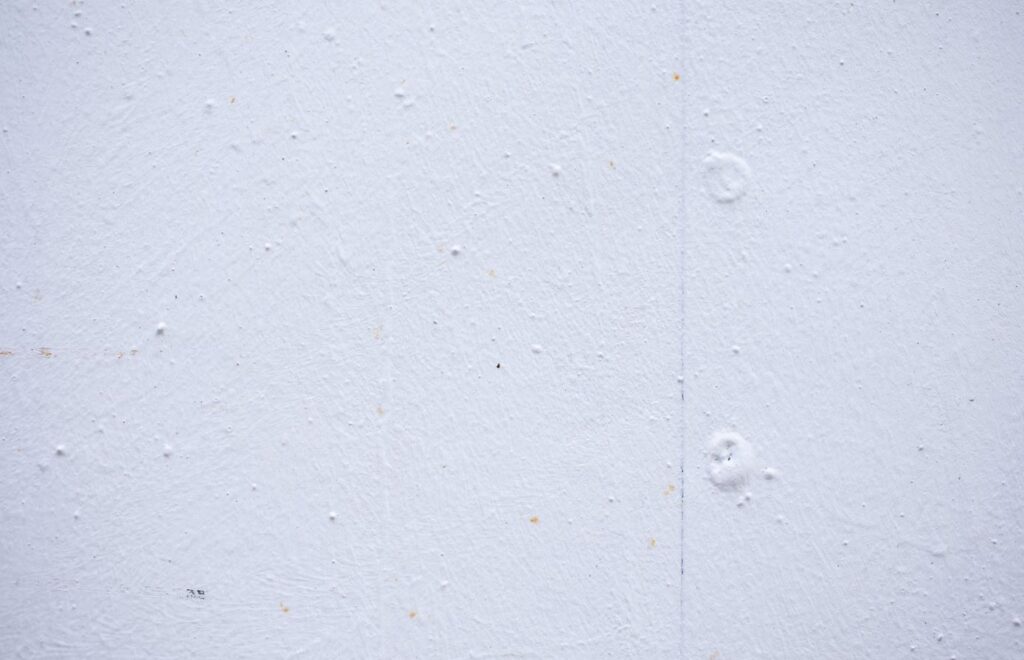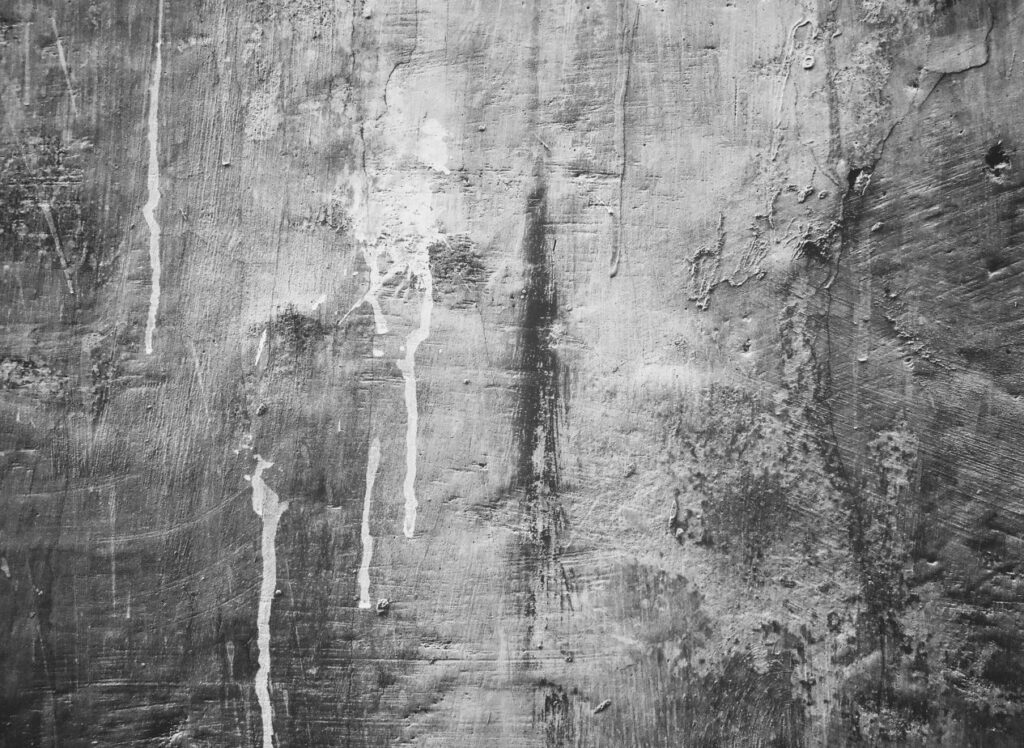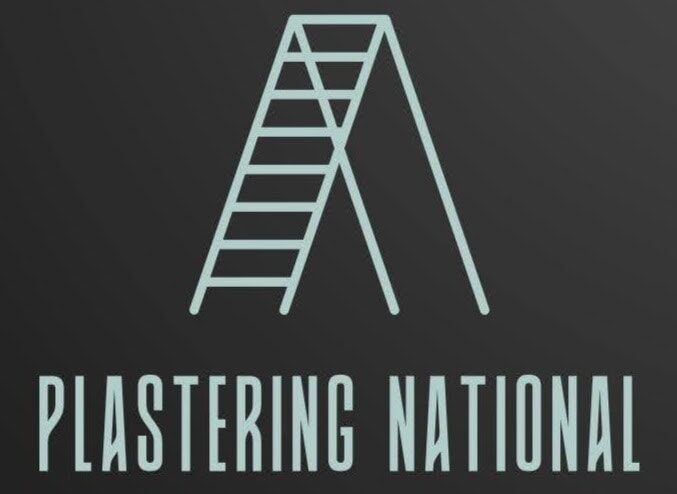Plastering is a vital part of construction, particularly for commercial buildings. Different methods and materials are used to meet the needs of various projects.
In Australia, plastering is used to protect, enhance, and level surfaces for aesthetic or practical reasons. In commercial settings, plastering improves durability, insulation, and even soundproofing.
Let’s get straight to the point.
Commercial plastering involves gypsum, cement, lime, and specialised techniques such as acoustic and Venetian plastering. Gypsum is lightweight and smooth, while cement is durable and used for interiors and exteriors.
Lime plaster is ideal for restoration projects, and acoustic plastering improves sound insulation in offices and schools. Different finishes, such as smooth cast, roughcast, and pebble dash, enhance durability and aesthetics.
Plastering improves durability, provides a smooth surface for painting, protects against weathering and moisture, and enhances the overall appearance of commercial buildings.
Common Types Of Commercial Plastering
1. Gypsum Plastering
Gypsum plastering is one of the most commonly used methods in commercial buildings. Gypsum is a naturally occurring mineral and offers several advantages:
- Lightweight
- Minimal shrinkage
- Smooth finish
- Quick drying
Gypsum plaster is ideal for interior walls and ceilings. It provides a smooth surface that can be painted directly, making it a time-efficient option for large-scale commercial projects. The ease of application and its fire-resistant properties make gypsum plastering a go-to choice for many modern commercial structures.
2. Cement Plastering
Cement plaster is used for both interior and exterior surfaces. It combines cement, sand, and water, providing a durable and robust coating. Some benefits of cement plaster include:
- High strength and durability
- Scratch resistance
- Suitable for a range of finishes
Cement plaster is commonly used for exterior walls and load-bearing structures due to its ability to withstand weathering and impact.
It takes longer to apply than gypsum but offers greater protection, especially for outdoor environments.
3. Lime Plastering
Lime plastering is a traditional method that uses lime and sand. Lime is known for its flexibility and durability and is ideal for older buildings and heritage restorations. Some key features of lime plaster include:
- Flexibility to prevent cracks
- Permeability to moisture
- Longevity, often lasting decades.
Lime plaster is an excellent choice for restoring old stone or brick buildings, allowing the building to “breathe.” This method is popular in historic preservation projects across Australia.
4. Acoustic Plastering
Acoustic plastering is essential in commercial spaces where noise control is a priority. This plastering method involves applying a specialised plaster that absorbs sound.
Acoustic plastering is used in:
- Offices
- Schools
- Auditoriums
- Commercial buildings with noise-sensitive environments
Acoustic plaster improves sound insulation, helping to create a more comfortable environment for employees, students, and visitors.
5. Venetian Plastering
Venetian plastering, also known as polished plastering, creates a luxurious, marble-like finish. This method uses multiple layers of plaster mixed with marble dust, resulting in a highly polished, reflective surface.
It’s commonly used in upscale commercial spaces such as:
- Hotels
- High-end restaurants
- Corporate offices
Venetian plastering is valued for its aesthetic appeal and can be customised with different textures and colours, offering a sophisticated finish.
Other Plastering Methods
6. Mud Plastering
Mud plastering is an ancient technique that uses natural materials like mud, straw, or manure. Although less common in modern commercial construction, it can be found in eco-friendly or sustainable projects that reduce environmental impact.
Mud plastering provides:
- Excellent thermal insulation
- Natural, earthy appearance
- Eco-friendly construction approach
7. Waterproof Plastering
Waterproof plastering is crucial for areas exposed to moisture, such as basements or bathrooms. Special chemicals are added to the plaster mixture to enhance water resistance, which helps prevent:
- Water penetration
- Mould growth
- Material degradation
This type of plaster is essential for ensuring the longevity and safety of commercial buildings in wet or humid environments.
8. Stucco Plastering
Stucco is a durable exterior plaster made from lime, sand, and cement. It is known for its versatility and longevity, making it ideal for commercial buildings that require a tough, weather-resistant finish.
Stucco plaster can be applied to smooth and uneven surfaces, providing flexibility in design.
Common Plaster Finishes Used In Construction
Commercial plastering offers a variety of finishes, each serving different aesthetic and functional purposes. The most common finishes include:
1. Smooth Cast Plaster Finish
A smooth cast finish is achieved using cement and fine sand. This finish creates a sleek, level surface ideal for:
- Interior walls
- Ceilings
- Spaces requiring a polished look
2. Rough Cast Plaster Finish
Also known as a splatter dash finish, roughcast plastering involves applying a mortar mix with coarse aggregates. This type of finish provides a textured look that adds character to:
- Exterior walls
- Decorative facades
3. Sand Faced Plaster Finish
A sand-faced finish requires two layers of plaster, with the final layer containing screened sand for texture. This finish is typically used on:
- External walls
- Commercial buildings seeking a rustic appearance
4. Pebble Dash Plaster Finish
Pebble dash plastering involves embedding small stones into a layer of mortar. This finish adds durability and a decorative touch to exterior surfaces, commonly found in:
- Residential and commercial properties
- Outdoor facades
5. Scraped Plaster Finish
A scraped finish is created by applying a top layer of plaster and scraping it down to reveal a rough, textured surface. This finish is less likely to crack and is often used on:
- Exterior walls
- Buildings requiring a natural, rugged appearance
6. Depeter Plaster Finish
Depeter plastering is similar to pebble dash but uses smaller gravel or flint instead of larger stones. This finish is used for:
- Customised decorative surfaces
- Commercial projects that require a unique texture
Reasons For Commercial Plastering
Plastering plays a critical role in commercial buildings’ functionality and aesthetics. Below are the primary reasons plastering is an essential part of construction:
1. Durability
Plaster acts as a protective layer over brick or masonry, safeguarding the structure from environmental factors like rain, wind, and temperature changes.
Commercial plastering increases the overall lifespan of a building by:
- Protecting against physical damage
- Enhancing structural integrity
2. Smooth Surface For Finishing
Plastering’s key purpose is to create a smooth surface for painting, wallpaper, or other decorative treatments.
With plaster, walls would be uneven and visually appealing. A smooth surface also simplifies further maintenance and repainting efforts.
3. Protection From Weathering
Plastering helps prevent damage caused by the weather, such as erosion from rain or sun. Maintaining structural integrity is critical for safety and longevity in commercial buildings.
A well-applied plaster layer provides:
- Weather resistance
- Reduced wear and tear over time
4. Moisture Resistance
Waterproof plastering helps protect buildings from moisture-related problems like mould, decay, and dampness. In spaces like bathrooms and basements, moisture resistance is essential for preventing:
- Water damage
- Structural deterioration
5. Improved Aesthetics
Beyond functionality, plastering enhances a commercial building’s visual appeal. Different finishes offer various textures and looks, allowing businesses to achieve the desired aesthetic for their projects.
Whether it’s a sleek modern finish or a textured rustic look, plastering offers flexibility in design.
Conclusion
Commercial plastering is an essential part of construction that provides both practical benefits and aesthetic appeal.
The choice of plastering method—whether gypsum, cement, lime, or specialised techniques like acoustic or Venetian—depends on the project’s specific needs.
Each type of plastering offers distinct advantages, from providing sound insulation in office spaces to restoring heritage buildings with lime plaster.
Additionally, various plaster finishes, such as smooth cast, roughcast, and pebble dash, allow commercial spaces to achieve the desired look.
In Australian construction, plastering remains fundamental for improving buildings’ durability, protection, and aesthetics, ensuring that commercial structures stand the test of time.
FAQs About Plastering
Are There Specialised Plastering Systems Available For Commercial Projects?
Yes, specialised plastering systems, such as exterior insulation and finish systems (EIFS), offer enhanced thermal insulation and aesthetic options for commercial building exteriors.
What Are The Benefits Of Using Traditional Lime Plastering In Commercial Construction?
Traditional lime plastering offers superior breathability, flexibility, and compatibility with historic and heritage buildings, making it ideal for restoration and preservation projects in commercial settings.
How Does Gypsum Plastering Contribute To Constructing Interior Partitions And Ceilings In Commercial Buildings?
Gypsum plastering is commonly used for interior partitions and ceilings in commercial buildings due to its lightweight nature, ease of application, and ability to achieve smooth finishes.
Can Acrylic Plastering Achieve Decorative Effects In Commercial Interiors?
Yes, acrylic plastering can be tinted, textured, or polished to achieve a wide range of decorative effects in commercial interiors, providing versatility and aesthetic appeal.
Are There Eco-Friendly Options Available For Commercial Plastering Projects?
Yes, eco-friendly plastering options such as lime and natural clay plasters are available, offering sustainable alternatives with minimal environmental impact for commercial construction projects.



